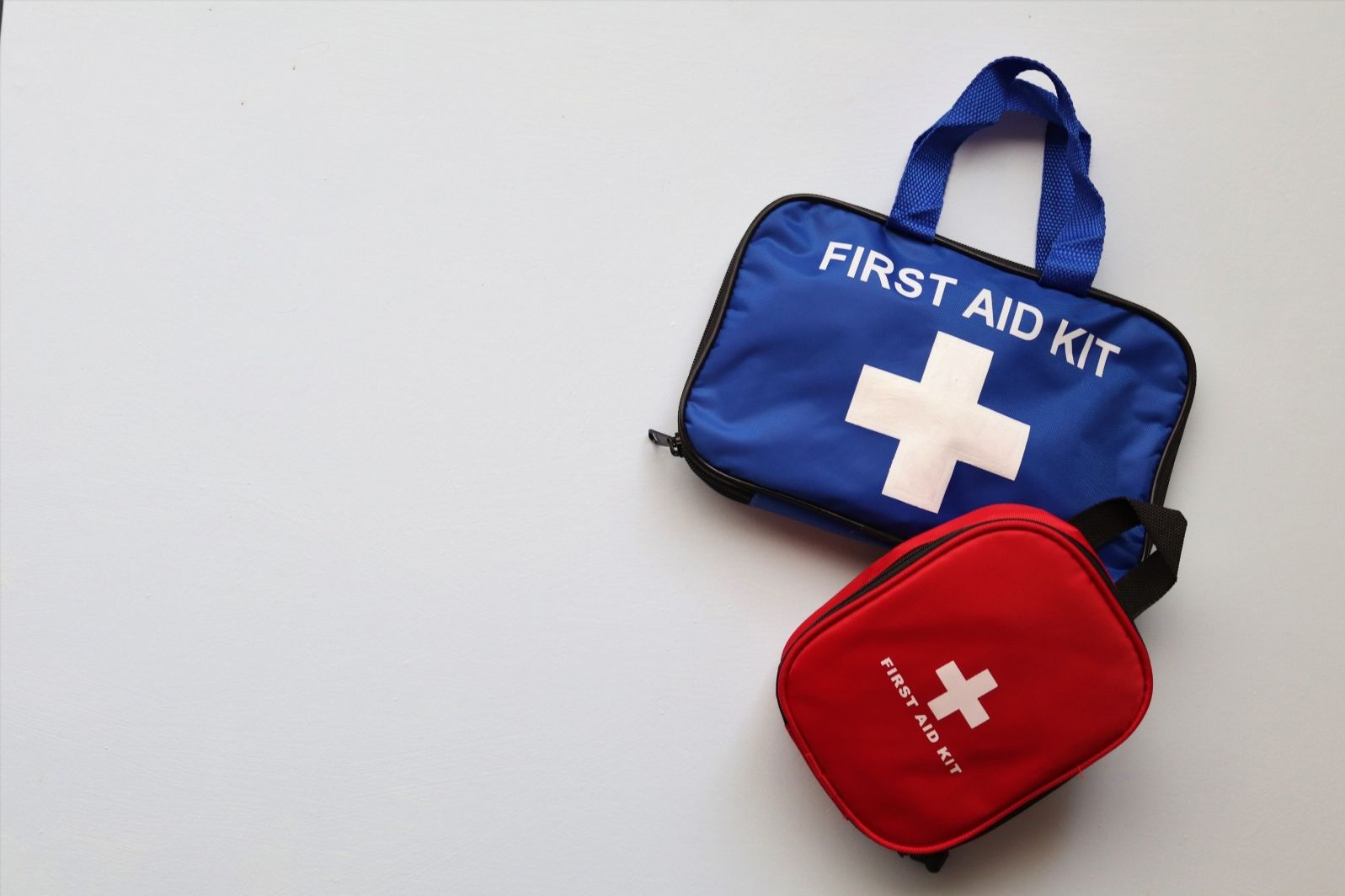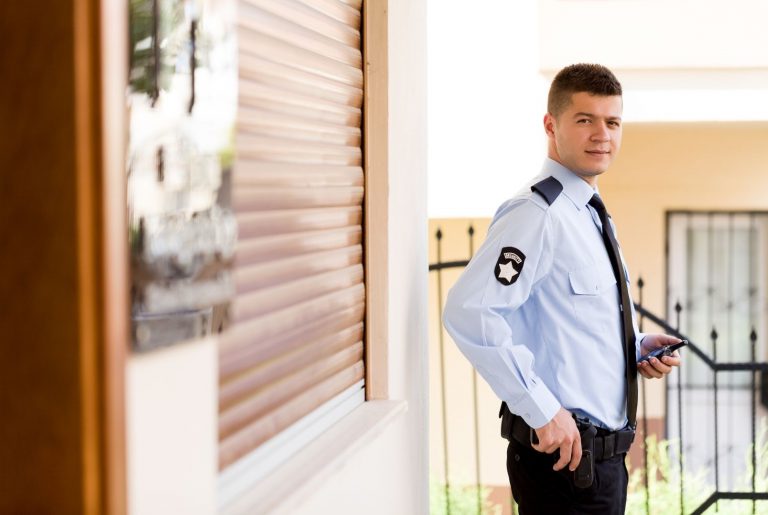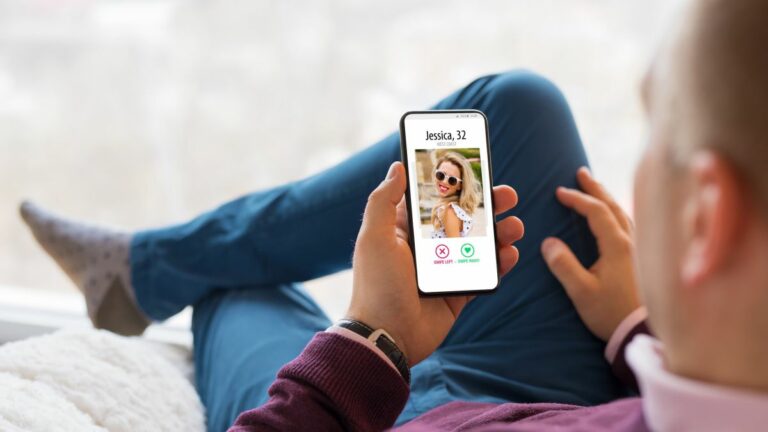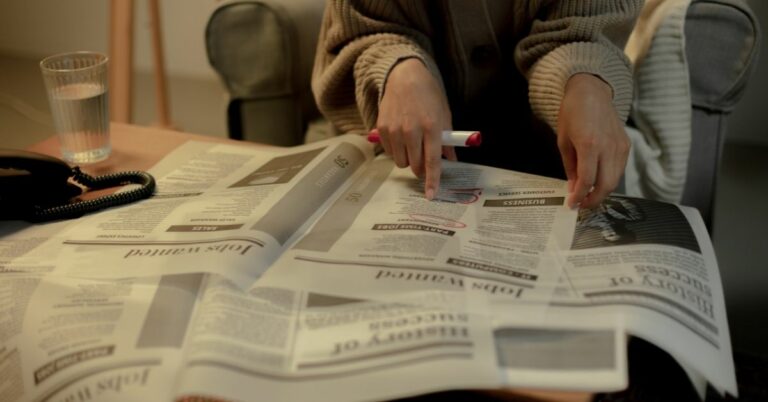What Should Be in a First Aid Kit
First aid is important for emergencies that do not require a trip to the hospital or emergency room.
These situations include minor falls, burns, fractures, allergic reactions, and other common household and outdoor accidents. A first aid kit plays a crucial role in these types of situations. Many people put together a first aid kit to store it in their home and their car. A well-stocked first-aid kit gives you the ability to use
A first-aid kit, as well as the training to use it, is one of the ten essentials that each one of us should know and prepare about. When you use it for emergency purposes, you will be grateful that you spend time building yours ahead of time.
Whether you have a small or heavy-duty first aid kit, you will have a great resource for treating minor injuries. It will prevent them from becoming major ones. Managing aches and pains also makes it easier if you have the right supplies on hand.
There is no doubt about it – first aid kits can make the difference between life and death for some people. Having one ready is the first step to prepare for a medical emergency, but that is not enough. You also need to make sure that is properly stocked and well maintained. It ensures that no essential supplies will run out and will not pass the expiration date.
A first aid kit is an essential item to have in your family home, workplace, and in your car. It will ensure that you are ready to handle any injuries if they happen to arise. But what supplies should you have in your first aid kit? Take a look at the list below to see a few of the things you need in the event of a medical emergency.
- First Aid Manual
It is a detailed guide which contains useful information and next steps to take in different types of emergency. A first aid manual is a terrific resource to have in any household or workplace setting. It helps in wound care management, and all they need is to follow instructions on how to treat a specific type of injury.
- Dressings and bandages
It can be confusing at times, but bandages and dressings are two different things. Bandages are support medical devices that can hold the dressing in place. While we mostly use dressings to cover wounds, prevent contamination, and control bleeding.
- Latex Gloves
The last thing you want to do is risk infection, especially when dealing with an open wound. Having rubber or latex gloves on hand ensures that you can tend to the injury without the risk of contaminating it.
- Instant cold packs
It helps with the swelling and relieves pain from sprains, strains, fractures, minor burns, and insect bites.
- Over-the-counter medicines and prescription medication
OTC medications include pain relievers, antacids, and medicines for cold or fever. For prescribed medications, it can include insulin, asthma inhalers, allergy medications, EpiPen, and heart medicine. Store each medication as per instruction. Create a list of allergies of yourself and each family member and including which medications they should take in an emergency. Do not give aspirin to young children and teenagers 18 years of age and below.
- Safety pins
Use to fasten splint and bandages.
- Suction device
Use to flush out wounds.
- Syringe and medicine spoon
Use for giving medicine.
- Thermometer
A great first aid tool, use to measure and keep track of extremely high or low temperatures.
- Tweezers
Use to remove debris from the wound such as glass, dirt, or splinters. Tweezers also help remove stingers left behind by the bees.
- Scissors
Use to cut bandages to fit wounds and help remove dressings to change the bandage.
- Blanket
Use to prevent or counter extreme high temperatures (hypothermia).
- Antibiotic ointment
Use to prevent and treat minor skin infections from small cuts, scrapes, or burns. These are usually available without a prescription for self-medication.
- Calamine lotion
Use to relieve itching, pain, and discomfort due to poison ivy, poison, or poison sumac.
A first aid kit can be large or small, but it should contain every possible thing you might need. Consider what you need for yourself, your family, and your lifestyle. If you do not want to put your own first aid kit together, you can buy them from many local drugstores. Go through each item and make sure you know how to use them. Consider taking a first aid course to better prepare for an emergency.
When building your kit, consider the following:
Group size. The size and contents of your kit will depend on whether you are single, with kids, or living with other people. Count each member when stocking important supplies on your kit.
Location. Consider your location on where you live, work, or play. Check for the nearest medical facility, fire department, or EMS station in your area in case of an emergency.
Risks. Consider the kinds of activities do you do and what possible medical or trauma risks may happen. Create your kit based on the level of risk you are exposed to.
For example, if you work in a low-risk environment, your kit may not include as much in the way of trauma. If you work in construction and other high-risk professions, you may consider stocking supplies for traumatic injuries, including burns, broken bones, and blood loss.
Special Needs. If you require prescription meds or need an EpiPen, add them to your first aid kit. Each family member should be aware of special supplies in each person’s kit if they have individual ones.
Storage. Think of the best place to store your first aid kit. Is it in your house? Car? Garage or workshop?
We suggest keeping larger first aid kits with more items in your home or the trunk of your car. Consider the risks that you and your family will be facing in each environment. There are different risks when you are inside your home and when you leave the comfort of your home.
Expiry. Get into the habit of making sure your kit is fully stocked twice or thrice a year. It helps you keep tabs on what needs restocking and throw away expired items.
Training. The best first-aid kit you can have is the one you know how to utilise. We highly recommend everyone to take a basic first aid course. It will only take a couple of hours of your time and could save a life one day. Know each first aid item, when to use them, and what wounds they are best for.
With some training under your belt, you should gather all the items you need to create your very own basic first-aid kit.







